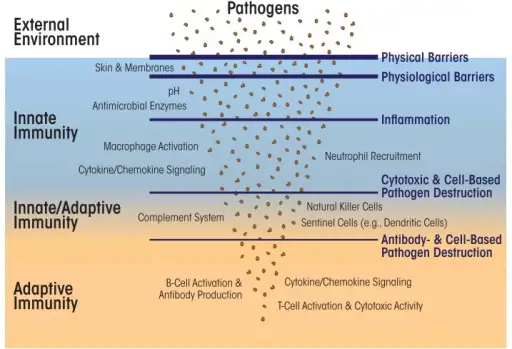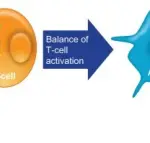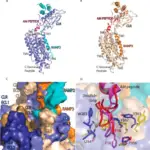
Overview of the immune system. Innate immunity encompasses several non-specific protective mechanisms against infection, including physical and physiological barriers, cells (e.g., macrophages and neutrophils) that detect and attack other cells carrying pathogen-associated molecular patterns, and small proteins that signal pathogen invasion (i.e., cytokines and chemokines) or short peptides that directly attach to and restrict microbial pathogens. The adaptive immune system comprises specialized cells (e.g., B and T cells) and proteins (i.e., antibodies) that detect and eliminate specific pathogens and also uses cytokine/chemokine signaling to recruit additional immune cells. Several cells in adaptive immunity (i.e., memory B and T cells) can store immune memory of a pathogenic invasion. The complement system, along with natural killer cells and dendritic cells, straddles both innate and adaptive immunity. Primer on the Immune System. Spiering MJ - Alcohol research : current reviews (2015). Not Altered. CC.
Innate immunity is Immunity that is naturally present and is not due to prior sensitization to an antigen from, for example, an infection or vaccination. Since it is not stimulated by specific antigens, innate immunity is generally nonspecific.
The components of innate immunity: anatomic barriers (skin and mucous), physiologic barriers (temperature, pH, and chemical mediators), phagocytic barriers (specialized cells), and inflammatory barriers (leakage of vascular fluids).
The major cells of the immune system are:
- Dendritic cells
- Epithelial cells
- Mast cells
- Monocytes
- Natural killer cells
- Neutrophils



